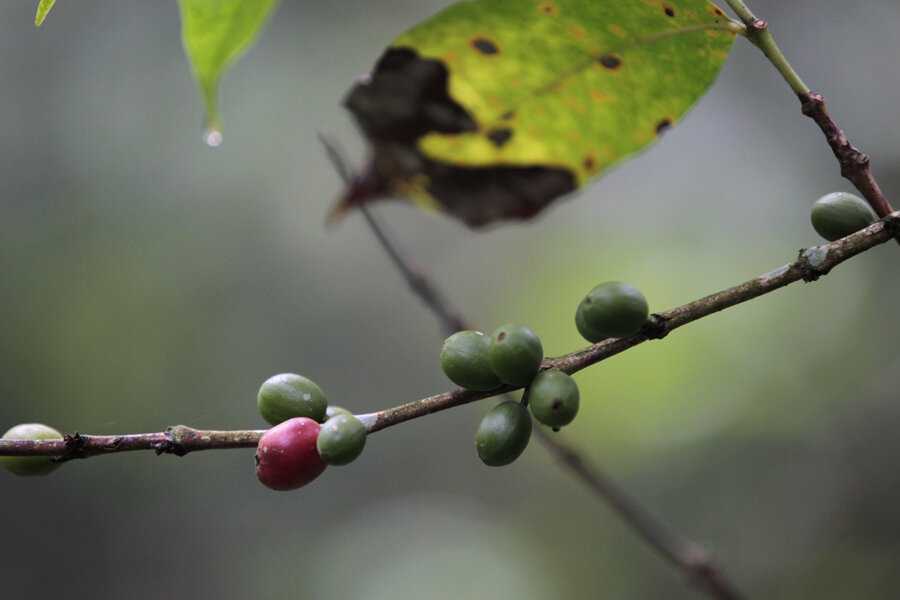The true cost of cheap coffee
Loading...
Producing Brazilian coffee, like many food products, contains hidden costs that are not passed on to the consumer. Adrian de Groot Ruiz, executive director of Dutch-based True Price, uses a case study of Brazilian coffee to explain the concept of true cost accounting—a concept intended to inform consumers of the environmental and social costs that are hidden in the food they purchase, often for a much cheaper price.
De Groot Ruiz, who presented at Sustainable Food Trust’s first international conference “True Cost Accounting in Food and Farming,” explains that a true price “scan” completed by his organization will monetize environmental and social impacts in the supply chain. True Price can scan the supply chain for products, companies, and investments. It measures costs including environmental costs—such as biodiversity loss, pollution, waste, land and water use, and emissions—as well as, social costs—such as underpayment, worker insurance, health risk, child labor, community impact, and discrimination.
“The point is not in increasing current prices by letting people pay for it,” said de Groot Ruiz. “The point is providing people with the information with which we can improve and drive down the true prices by making products in a better way.”
As an example, he compared conventional farming of Brazilian coffee in the Zona da Mata region with best practices farming, which included fair trade, organic, and agroforestry practices.
He found on average, consumers were paying US$2 per kilogram for conventionally farmed coffee. The true cost for the coffee—when including costs such as land use, water, energy, pollution, and fair and safe working conditions—was US$5.17.
In contrast, best practices coffee cost consumers US$2.78 per kilogram and had a true cost of US$4.58.
De Groot Ruiz then asked the question, “How can we close the gap in the coming years in a way that doesn’t change the retail price?”
He suggested four possible interventions: establish an equal pay program to address income discrimination, divert money from a community program to higher individual wages, increase the yields, and implement sustainable energy programs on the farms. He estimated that if farmers adopted these changes, not only would the true cost of coffee drop to US$3.79 in five years but also farmers who often operate at a loss would be truly profitable.
As the first to produce this methodology, True Price began testing it in 2013 and has now done real-life scenarios. After having a True Price scan, Dutch company Tony’s Chocolonely, now plans to eliminate all social and environmental costs in its food chain by 2019.
True Price also released its methodology open source and hosts a platform for bringing together interested parties to gain training and the ability to contribute feedback on the methodology.





